All Rights reserved
By continuing to use our site, you agree to our Privacy Policy and Terms of Use.
Your support makes The Advocate's original LGBTQ+ reporting possible. Become a member today to help us continue this work.
Before the Son of Superman came out as bisexual or Kevin brought Pride to Riverdale, artists, and writers were creating underground and independent comics in books, strips, and magazines.
The new documentary No Straight Lines, available to stream via PBS, discusses the artists and the art of queer creators in the 1970s and '80s, when the definition of homosexuality as a mental illness had just recently been lifted and gay relationships were criminalized in many states.
Discussing folks as crossover famous as Alison Bechdel, whose rise to fame was paved by years of devotion creating Dykes to Watch Out For, and the late Howard Cruse of the graphic novel Stuck Rubber Baby and the strip Wendel, which appeared in The Advocate in the 1980s, No Straight Lines attempts to give a historical perspective on the rise of queers in comics, beginning with illustrations.
“There’s a history of erotic illustrations, like Tom of Finland, and gag strips in The Advocate, but Come Out Comics was the first ‘literary’ queer comic,” Justin Hall recently told NBC News. Hall produced the documentary with Vivian Kleiman, who also directed it.
Come Out Comix was created and published in 1973 by Mary Wings — profiled in the documentary — and is the first known queer comic book.
“Mary was the first interview we did,” said Hall, who is chair of the graduate comics program at California College of the Arts. “She created Come Out Comix in the basement of a radical women’s karate cooperative in Oregon, making this thing on a photocopier and distributing it through mail order.”
Wings’s book, an autobiographical account of self-discovery and first relationships, was completed in a week. Her book was followed in 1975 by Roberta Gregory’s humorous Dynamite Damsels, and then 1977 saw Lee Marr’s The Further Fattening Adventures of Pudge, Girl Blimp.
Allies were there too, starting with Trina Robbins’s 1972 Sandy Comes Out — the first comic strip about a lesbian — in Wimmen’s Comix #1, which Wings says was her first encounter with such work.
The documentary rose out of two projects for Hall: the first, an exhibit in 2006 for San Francisco’s Art Museum, and the second, the 2012 graphic anthology No Straight Lines: Four Decades of Queer Comics, published by Fantagraphics.
He filmed interviews during the book process, thinking he would create a documentary.
Hall’s own work includes the comics True Travel Tales and Hard to Swallow. As he said to NBC, “I always knew I wanted to be involved somehow in creating comics. It was a phase I never grew out of.”
And for queer people, it was and remains a readily available medium. “It’s both a storytelling and visual art form, which I think is very powerful. There’s a great quote from Alison Bechdel, who said she started making comics because she wanted to make lesbians visible,” Hall said.
Another artist featured, Jennifer Camper, has also been creating comics since the '80s, with reflections on her experience as a lesbian and as a Lebanese American. “You don’t need a lot of resources or buy-in from gatekeepers,” she told NBC, echoing the availability aspect. “For people who want to tackle content that might not be approved by the mainstream, that’s very attractive.”
In the documentary, Ajuan Mance adds, “The idea of creating comics that aren’t really about making people heroic is one of the things that I think queer comics have done the best.”
Issues of self and identity can be dealt with, as Maia Kobabe says in the film: “When you’re drawing yourself, you can draw yourself however you want — and that’s another reason why I think that comics is a media is so friendly to a queer author.”
Ivan Velez Jr. points out, “You’re gay, you’re lesbian, whatever you are, your identity, all of a sudden, you don’t know how to be that, there’s no, there’s nothing at all, not even fairy tales even, or movies.”
The combination of availability and technological advances in creating and distributing comics makes it even more accessible now. “For people who want to tackle content that might not be approved by the mainstream,” Camper told NBC, “that’s very attractive.”
Much has changed since these artists began, including the 2019 death from cancer of Howard Cruse, author, and artist of Stuck Rubber Baby, about a young man discovering himself in the South during the civil rights era, as well as the founder and editor of Gay Comix, an anthology that included other creators, with subject mattered that ranged from the sexual to the humorous, and queer comics and their creators have gained notice and recognition, from Alison Bechdel and her MacArthur grant in 2014, followed by her graphic memoir Fun Home being turned into a Tony Award-winning musical, to a 20th Anniversary edition of Cruse’s Stuck Rubber Baby.
But wider acceptance has also meant tighter scrutiny, especially by conservatives, making nonbinary creator Maia Kobabe’s book Gender Queer: A Memoir one of the most challenged books in libraries across the nation.
No Straight Lines is available to stream on PBS.



























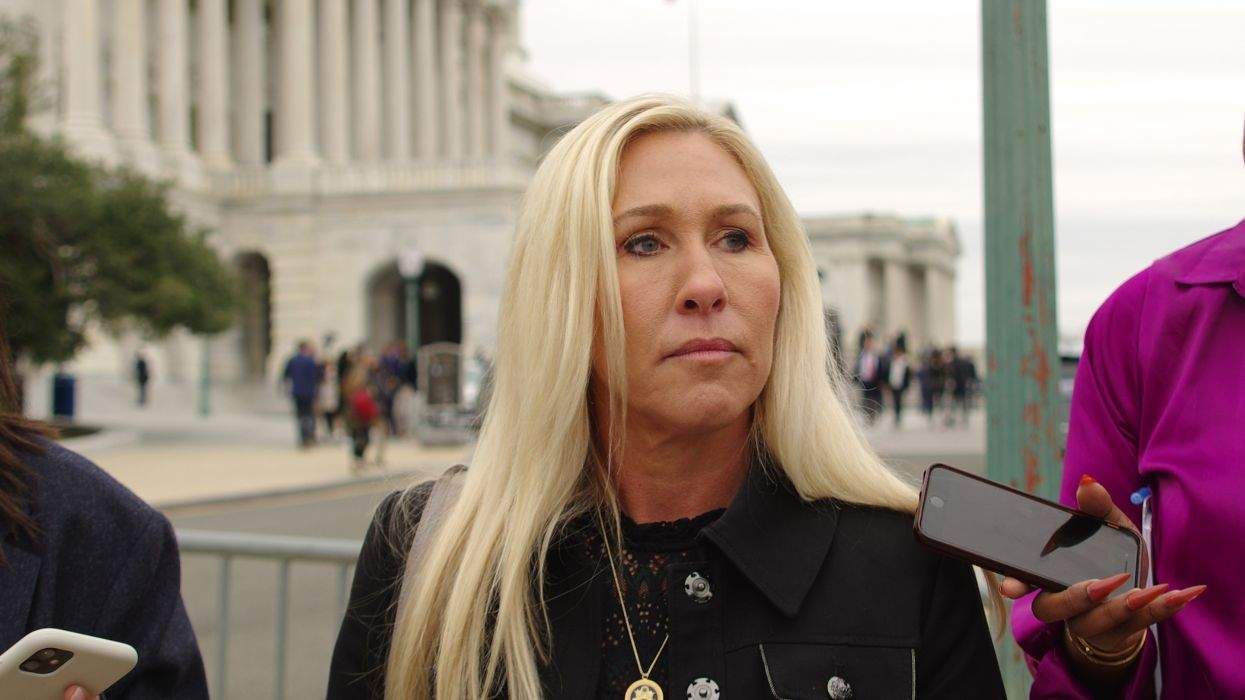
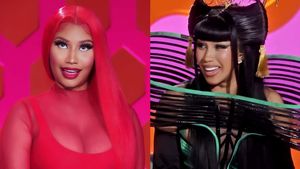


















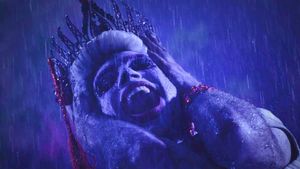




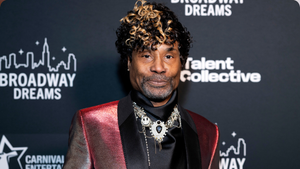



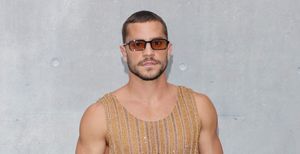

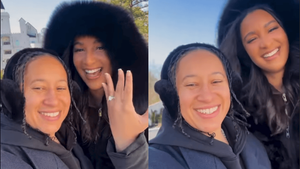









Charlie Kirk DID say stoning gay people was the 'perfect law' — and these other heinous quotes